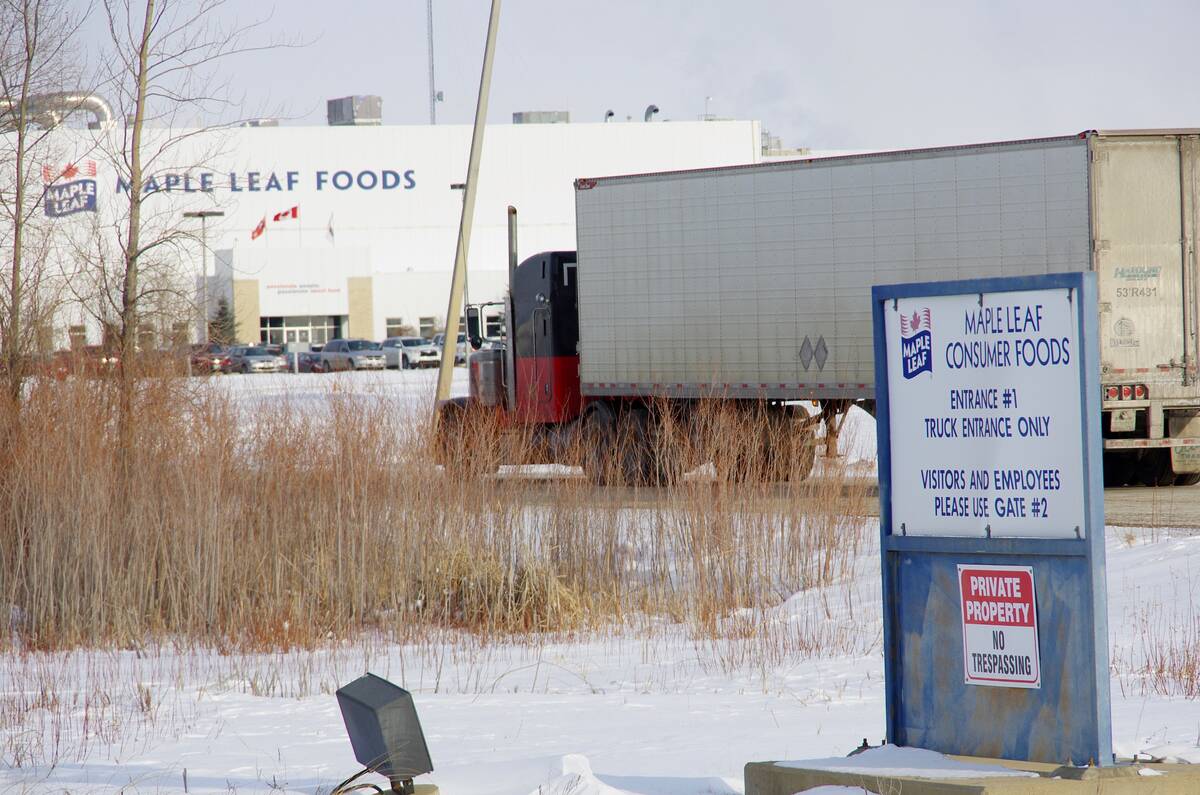4-H has its roots in agriculture, but there are many kinds of clubs and projects. Here are a few projects from each province that might surprise:
- National food drive for food banks.
- Online 4-H living history experience.
- $100,000 fundraising campaign.
- National public speaking contest and youth summit.
- May 30 gala in Winnipeg.
- Regional events throughout 2013.
- Adopt a grandparent.
- Honeybees
- Leather craft
- Rabbits
- Welding
- Veterinary
- Snowmobiling
- Cake decorating
- Lego robotics
- Food discovery
- Computers
- Fibres and fabrics
- Alpacas and llamas
- Drama
- Maple syrup
- Square dancing
- Small engines
- Pheasants
- Archery
- Lumberjack
- Mountain biking
- Geocaching
- Outdoor living
- Scrapbooking
- Cavies
- Clowns
- Floriculture
- Rocketry
- Plowing
- Money management
Read Also

Manitoba pork exports gain new market ground
Manitoba’s pork trade pivoted from China over the last five years, while Japan is remains the largest customer and South Korea and Mexico market footholds have grown
There may be a shrinking number of Canadian farms and an ever-larger urban population, but 4-H clubs are one way to form a rural-urban bridge.
Mark Sayer, president of the Alberta 4-H Council, said the organization has its roots in agriculture but has evolved into far more than a livestock club.
“There’s still a lot of people out there that think 4-H is cows and horses. That’s it. And that kind of focus changed years ago. We started moving away from that.”
Though projects focusing on cattle and horses are still the two biggest programs, at least in Alberta, Sayer said there is a wide range of other projects to attract youth.
However, the 4-H program has common elements across all projects and urban members often come into contact with rural members for an exchange of ideas and perspectives.
“By bringing the urban kids in, it will help them to understand more about the agricultural base,” he said.
Adriane Good, who spent eight years in 4-H beef, sheep, judging and photography clubs in the Brooks, Alta., area, shares Sayer’s view.
“I totally agree,” said Good, who is now a 4-H ambassador.
“They have a few clubs in my home district that are embracing what I call the city projects. There’s a lot of city people now getting interested in 4-H. And when you go to district and regional events, you’re going to meet farm kids.”
Canada 4-H celebrates its 100th birthday this year, and plans are underway across the country to celebrate it. A Jan. 19 event at the Lethbridge Exhibition will involve 34 clubs in southern Alberta, which have about 1,100 members.
Alberta has 6,500 4-H members who are guided by 2,250 leaders.
Sayer said membership continues to decline, but not as fast as that of other youth groups such as cub scouts and guides. He attributes it to the many activities vying for the time and interest of today’s youth.
However, he said the group is a viable alternative in this generation of “bubble-wrapped” kids and helicopter parents.
Leaders are part of the club, but its motto of “learn to do by doing” is taken seriously.
“Let them make a mistake. Just pick them up and dust them off and get them going again, as long as they learn from their mistakes. That’s (a leader’s) role, to help them learn from their mistakes, but let them try,” said Sayer.
“It’s the kids’ club. When they’re at school, they’ve got teachers telling them what to do. When they’re at home, they’ve got parents telling them what to do. When they’re at 4-H, they should be telling each other what to do.”
That element is key to keeping 4-H viable. Projects vary widely, but common elements such as public speaking, camps and scholarships are universal.
Andy Pittman, a 4-H leader from Picture Butte, Alta., said the commonalities are crucial.
“Every kid that’s in 4-H has to do public speaking, has to do a speech. And it doesn’t matter if you can’t do it very well or you only mumble a few things. Everybody has to get up there and do it.
“There’s a real encouraging environment. That’s part of the reason why you can try new things and maybe not always succeed at them, but eventually you learn that you are succeeding even if you don’t win.”















